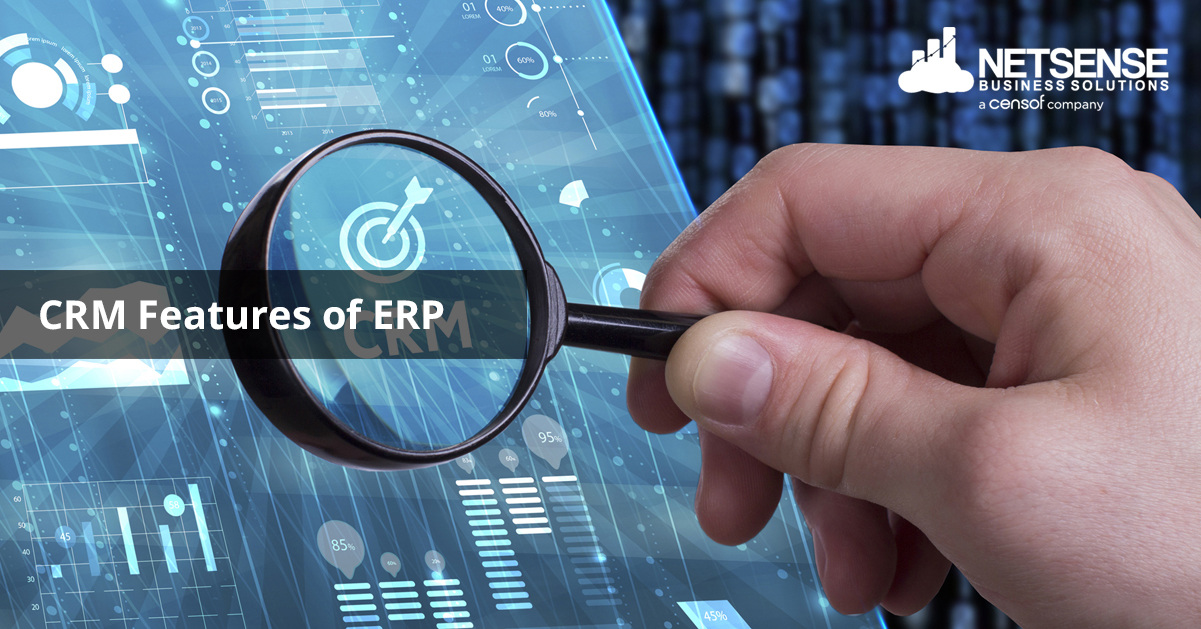SuperOffice statistics reveal that Customer Relationship Management (CRM) adoption and usage has increased in 2018 to 74% and breaks down further with 91% of companies. This is why, more and more companies are using CRM software to manage customer relations and operations like marketing, customer services, and sales in a structured manner.
The improper handling of customer data could adversely affect your business efficiencies in terms of decision-making, sales, and purchasing processes. In order to combat such issues, incorporating the Customer Relationship Management (CRM) module into Enterprise Resource Planning (ERP) system could be a feasible option to generate real-time information across all departments.
ERP allows you to simplify business processes, deliver quality products, and enhance your service levels, leading to more satisfied customers and overall growth. But before making a decision, you should know what CRM exactly is, why you need it, and how ERP and CRM fit perfectly together.
Let’s dive in.
What is CRM?
CRM stands for Customer Relationship Management which is designed to organise, automate, and synchronise major aspects of business workflows. It utilises data analysis of customers’ history to enhance business relations, in particular, focuses on customer retention and sales growth. Administrators don’t need to check on scattered spreadsheets for leads and opportunities anymore as CRM enables them to handle prospects and customers from a single system.
Pros of CRM:
- It can help companies to stay organised and store all the customer-related information in one place.
- It streamlines sales processes, which means better productivity, leads, and ROI.
- It provides great customer support and interactions.
- It improves customer experience and can be coordinated through sales, production, and delivery process.
How do CRM and ERP Make More Sense Together?
Organisations need to maintain good customer relations to achieve success. Additionally, digital transformation and agile work are taken as a key component, putting customers at a priority within all activities. This generates absolute necessity to get a clear picture of customers’ perspective and manage all business processes through one system.
A custom ERP system having a CRM function will help you keep records and customer interactions in one place. By having two systems incorporated, you will be more efficient and organised, enhancing your customers’ experience, reducing delays in delivery, and maximising profitability. From customer acquisition to cooperation among employees, processing of orders, and project management, businesses integrated with CRM and ERP in the cloud can expect improved efficiency at every level.
Key Features of CRM Software
- Contact Management Tools
Users can organise contacts by name, organisation, a number of explicit, and roles through CRM. It entails the list of content management tools such as custom tags, bulk edits, and more which can convert contacts into qualified leads. - Lead Management
CRM users can manage and monitor their leads with various tools designed for lead scoring, lead qualification, lead-specific notification, and segmentation. - Workflow Management
Organisations can assign tasks to all departments and receive alerts on completed or upcoming tasks. The automated updates allow users to simplify business processes and manage the workload more effectively. - Reporting
CRM will analyse and deliver real-time reports regarding sales and satisfied customers, keeping consumers’ needs, sales force, and sales pipeline in alignment.
ERP sphere has witnessed various computing trends in the past few years and is drastically changing the way businesses implement the enterprise system. Small and medium-sized enterprises can benefit from CRM and ERP, making the software easy to implement and increasing productivity across all departments. A fully integrated CRM with ERP will help to synchronise your sales team and track leads for better opportunities.
Wish to manage your customer interactions and business workflows more effectively? Talk to us today!
